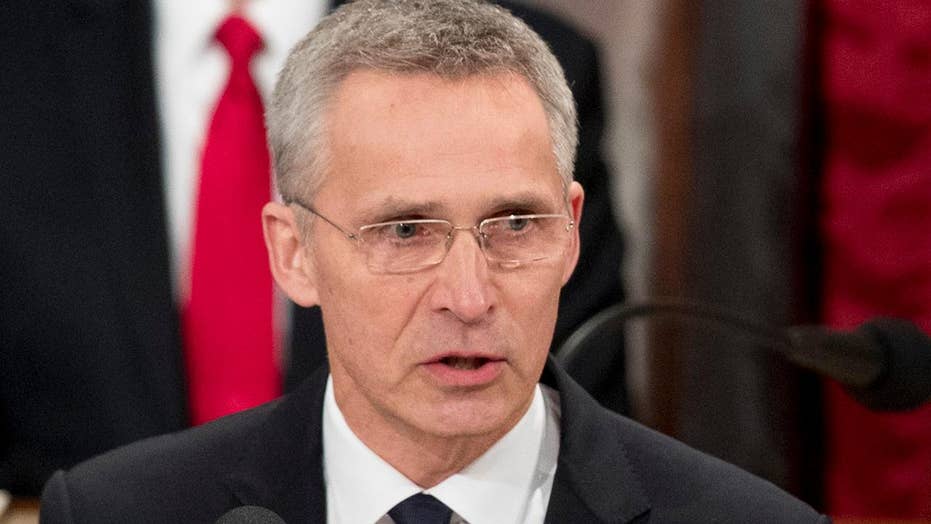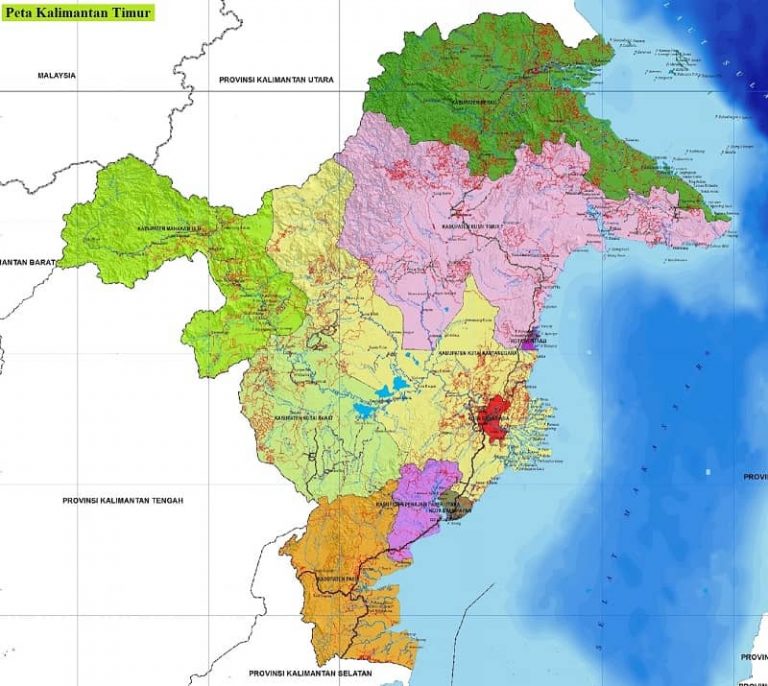Closing The Gap: NATO's Push For Increased Defense Spending

Table of Contents
The Rationale Behind the Increased Spending Target
The underfunding of NATO's defense capabilities following the end of the Cold War has left the alliance vulnerable to a rapidly shifting geopolitical landscape. Russia's invasion of Ukraine serves as a stark reminder of the resurgence of great power competition and the need for a strong, unified response. Beyond Russia, the rise of non-state actors, sophisticated cyberattacks, and the proliferation of hybrid warfare tactics demand a comprehensive modernization of military capabilities. Collective defense, the cornerstone of NATO's existence, relies on burden-sharing among its members, ensuring that each contributes its fair share to the alliance's overall security. The increased spending target is a direct response to these evolving threats, aiming to strengthen the alliance's collective defense posture. Specific threats necessitating this increase include:
- Hybrid warfare capabilities: Combating disinformation campaigns, subversive actions, and unconventional warfare tactics.
- Modernization of military equipment: Acquiring cutting-edge technologies, upgrading existing systems, and ensuring interoperability across member states.
- Cybersecurity infrastructure enhancements: Protecting critical national infrastructure from cyberattacks and bolstering the alliance's overall cyber resilience.
- Strengthening of rapid reaction forces: Improving the alliance's ability to respond swiftly and effectively to emerging crises.
Challenges to Achieving the Spending Targets
Despite the urgent need, achieving the desired increase in defense spending faces significant challenges. Many NATO member states grapple with budgetary constraints, forcing them to make difficult choices between defense investments and other crucial social programs. Political opposition and public skepticism towards increased military spending remain significant hurdles in several countries. Furthermore, the complexities of defense procurement and modernization, including bureaucratic inefficiencies and interoperability issues, add further layers of difficulty. The challenges can be summarized as follows:
- Economic disparities within NATO: Significant variations in economic strength among member states create unequal capacity for defense spending.
- Public skepticism towards military spending: A lack of public understanding or support for increased defense budgets can hinder political will.
- Bureaucratic inefficiencies in defense procurement: Slow and inefficient procurement processes can delay the acquisition of essential equipment and technologies.
- Difficulties in coordinating defense spending across multiple nations: Reaching consensus and coordinating spending among 30 diverse nations presents a formidable challenge.
Strategies for Closing the Defense Spending Gap
NATO has employed various strategies to encourage increased defense spending among its members. Annual defense reviews and assessments provide a platform for transparent evaluation of member states' contributions and identify areas requiring improvement. Financial incentives and collaborative procurement initiatives aim to reduce the cost burden on individual nations while promoting interoperability. Peer pressure and diplomatic engagement also play a role in encouraging member states to meet their targets. Key strategies include:
- Increased transparency and accountability in defense budgets: Promoting greater openness and scrutiny of defense spending to build public trust and encourage efficient resource allocation.
- Joint military exercises and training programs: Improving interoperability and enhancing collective defense capabilities through collaborative training exercises.
- Sharing of intelligence and technological advancements: Pooling resources and expertise to improve situational awareness and enhance the overall effectiveness of the alliance.
- Strategic partnerships with non-NATO allies: Strengthening cooperation with partner nations to enhance regional security and burden-sharing.
The Implications of Success or Failure
The consequences of achieving or failing to meet the increased defense spending targets are far-reaching. Success would lead to improved collective security, enhanced deterrence of potential adversaries, and greater operational capabilities. This translates to a more robust and effective NATO, better able to safeguard its members and promote stability. Conversely, failure to meet these targets risks reduced deterrence, increased vulnerability to threats, and erosion of the alliance's credibility, potentially destabilizing the transatlantic relationship and global security. The implications are significant:
- Impact on NATO's credibility and effectiveness: Meeting the targets strengthens NATO's credibility; failure undermines it.
- Influence on global power dynamics: A stronger NATO can reshape global power dynamics; a weaker one may embolden adversaries.
- Effects on domestic politics within member states: Defense spending decisions have major implications for domestic political agendas.
- Long-term implications for European and global security: NATO's strength or weakness directly impacts long-term European and global security.
Conclusion: Securing the Future: The Ongoing Need for NATO Defense Spending
The challenges associated with NATO's push for increased defense spending are considerable, but the stakes are even higher. Closing the defense spending gap is not merely a financial imperative; it is crucial for maintaining collective security, deterring potential adversaries, and preserving the credibility of the alliance. Continued focus on this initiative, through transparent budgeting, collaborative efforts, and a shared understanding of the evolving threats, is essential to securing a stable and peaceful future. We encourage readers to further research this critical topic by exploring resources such as the official NATO website and reports from reputable think tanks to engage in informed discussions about the future of the alliance and the vital role of NATO defense spending.

Featured Posts
-
 Prakiraan Cuaca Terkini Kalimantan Timur Ikn Balikpapan Samarinda
May 28, 2025
Prakiraan Cuaca Terkini Kalimantan Timur Ikn Balikpapan Samarinda
May 28, 2025 -
 Binnenhof Renovations Reveal 13th Century Remains
May 28, 2025
Binnenhof Renovations Reveal 13th Century Remains
May 28, 2025 -
 Economic Crisis Hits European Car Sales
May 28, 2025
Economic Crisis Hits European Car Sales
May 28, 2025 -
 Las Vegas American Music Awards How To Get Free Tickets
May 28, 2025
Las Vegas American Music Awards How To Get Free Tickets
May 28, 2025 -
 Stay Out Of It Fans React To Hugh Jackmans Potential Role In Blake Livelys Lawsuit
May 28, 2025
Stay Out Of It Fans React To Hugh Jackmans Potential Role In Blake Livelys Lawsuit
May 28, 2025
Latest Posts
-
 Experience The Chills A 2 Hour 10 Minute Thriller Dominating Ott Charts
May 29, 2025
Experience The Chills A 2 Hour 10 Minute Thriller Dominating Ott Charts
May 29, 2025 -
 Otts 1 Thriller A 2 Hour 10 Minute Journey Into Heart Stopping Suspense
May 29, 2025
Otts 1 Thriller A 2 Hour 10 Minute Journey Into Heart Stopping Suspense
May 29, 2025 -
 The Bring Her Back Transformation A Behind The Scenes Look At Unforeseen Horror
May 29, 2025
The Bring Her Back Transformation A Behind The Scenes Look At Unforeseen Horror
May 29, 2025 -
 1 Trending Thriller 2 Hours 10 Minutes Of Pure Spine Chilling Suspense
May 29, 2025
1 Trending Thriller 2 Hours 10 Minutes Of Pure Spine Chilling Suspense
May 29, 2025 -
 Bring Her Back A Demon Transformation So Horrifying It Shocked The Crew
May 29, 2025
Bring Her Back A Demon Transformation So Horrifying It Shocked The Crew
May 29, 2025
